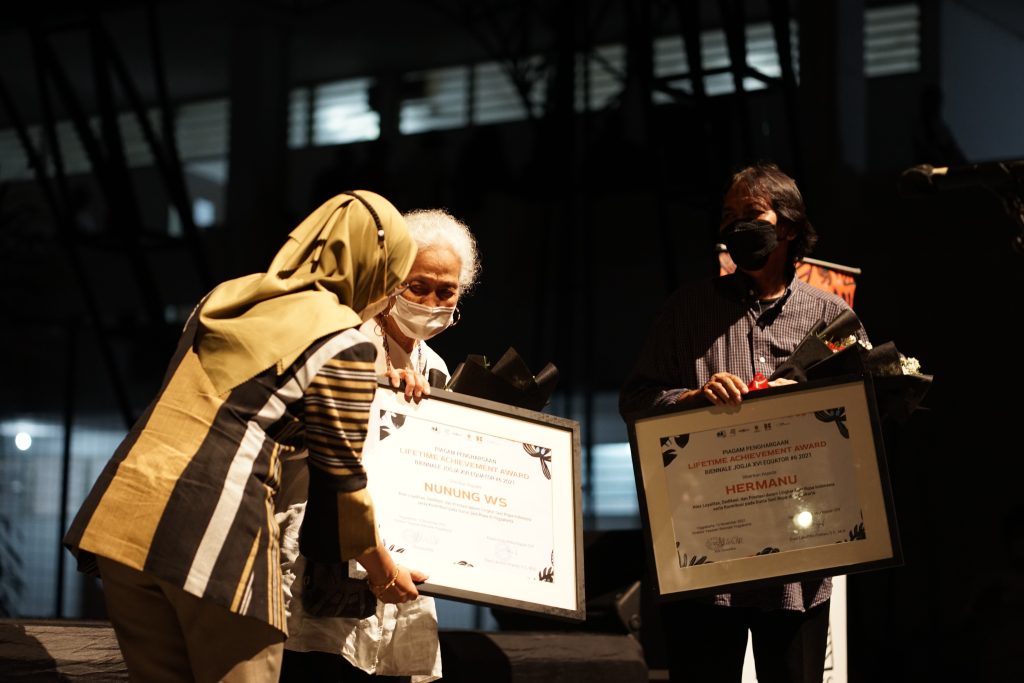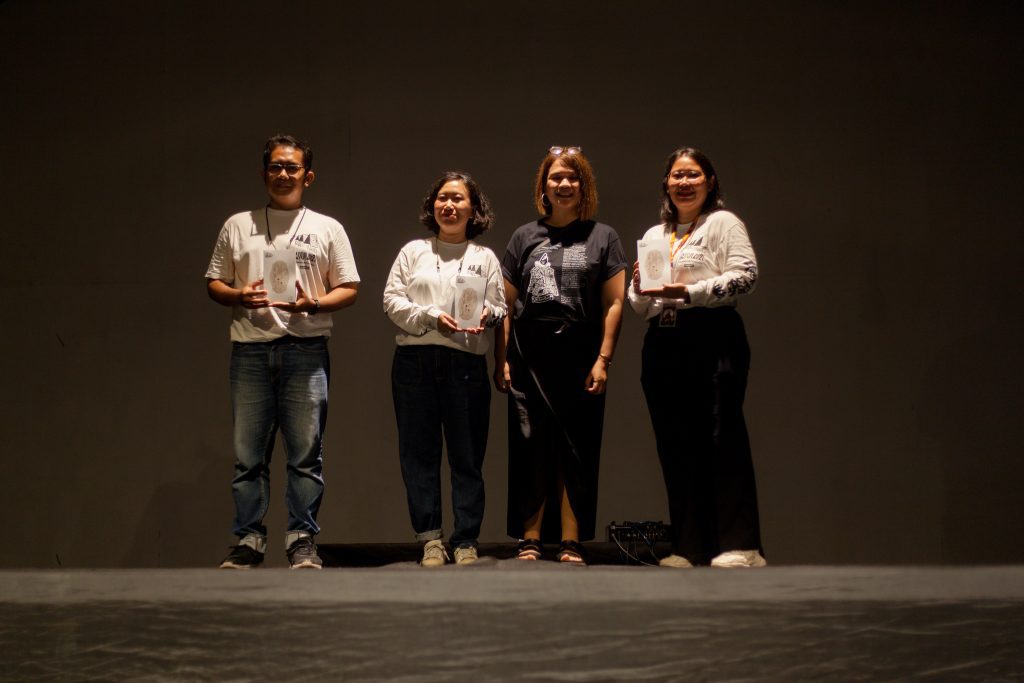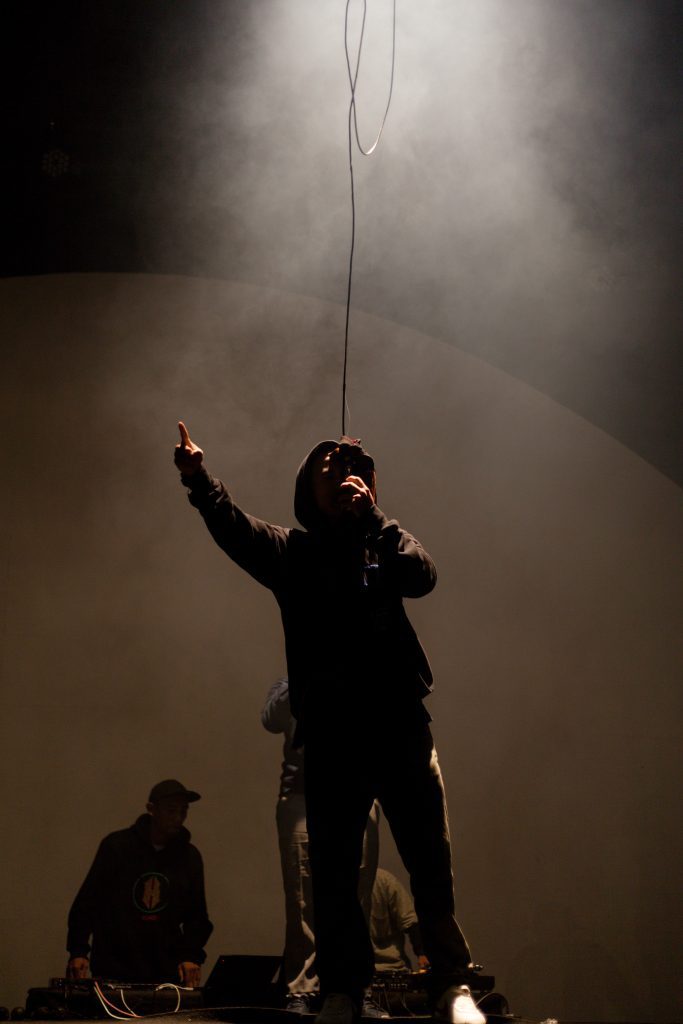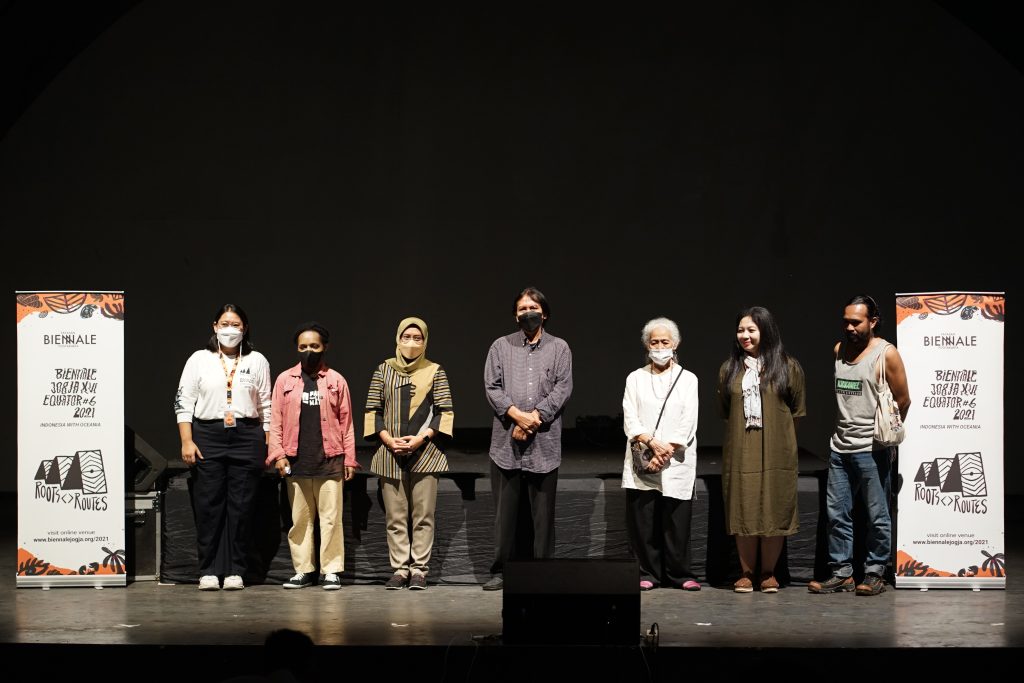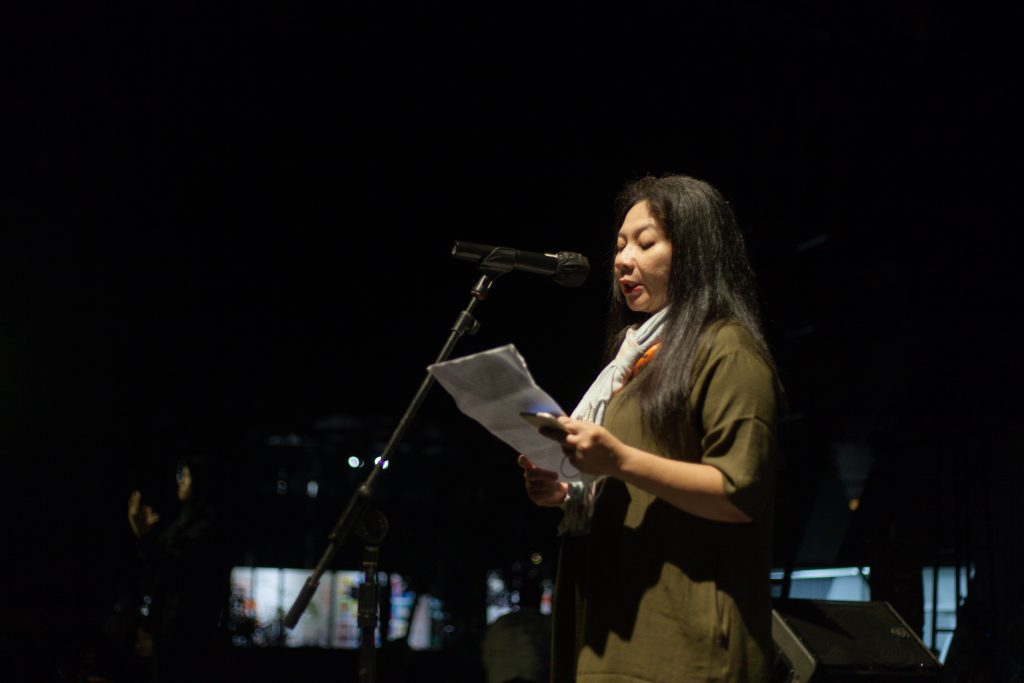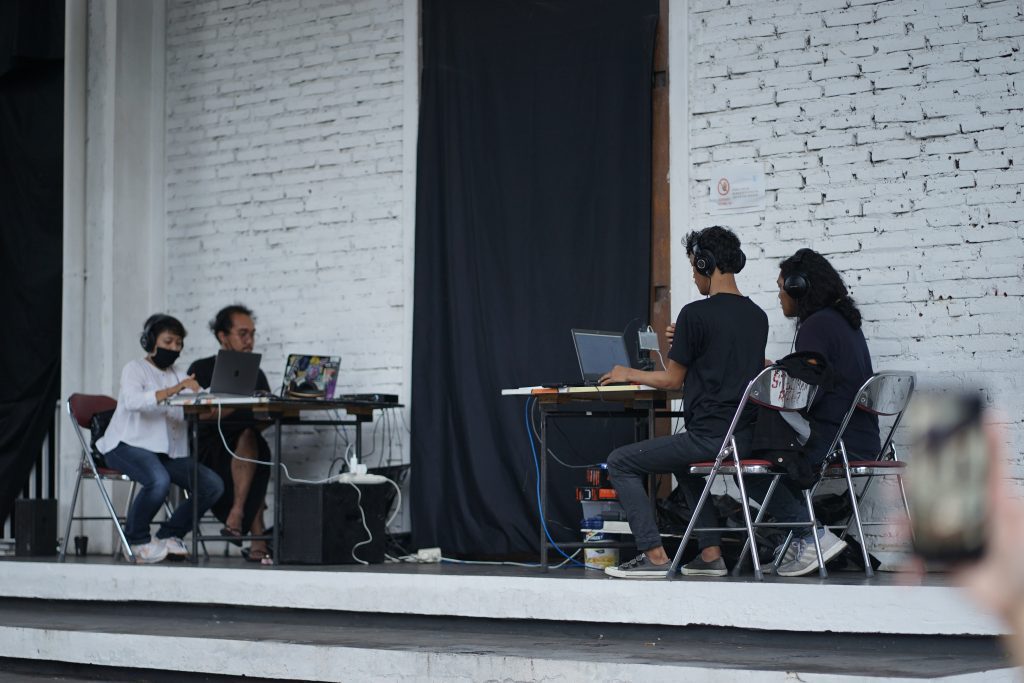VISITOR REGISTRATION
MAIN EXHIBITION
Roots < > Routes
Since the concept of the Equator Biennale was first introduced in 2011, Jogja Biennale has tried to establish its own position as an important event in the field of global art which, until now, has been centered in Europe and the United States. In each of its editions, the Jogja Biennale has included artists from countries and regions across the imaginary line of the equator, spanning India, the Arab states, Nigeria, Brazil, to the countries of Southeast Asia. From these various locations on the planet, artists have been flown in to show their works to a small handful of art enthusiasts in Jogja. What the Jogja Biennale has been doing is no different from the existing operating logic of other international art events, which through financial might can mobilize artists from everywhere to grab the world’s attention. It could be said that the journey to embrace the equator—which initially was meant as an attempt to build solidarity across the art ecosystems in developing countries—has only turned the Jogja Biennale into a new form of centralization.
PARTICIPATING ARTISTS
A Pond is the Reverse of an Island (Jakarta/Majalengka/Yogyakarta)
Antoine Pecquet (New Caledonia/Nouméa)
Arief Budiman, Harun Rumbarar & Max Binur (Indonesia-Yogyakarta/Jayapura/Sorong)
Badan Kajian Pertanahan (Indonesia-Majalengka)
Broken Pitch x Juanga Culture (Yogyakarta/Maluku Utara)
Dapur Umum 56 (Yogyakarta)
Dyah Retno (Indonesia-Yogyakarta)
Edith Amituanai (Samoa/Auckland)
Ersal Umammit (Indonesia-Ambon)
Eunike Nugroho (Indonesia-Yogyakarta)
Greg Semu (Samoa/New Zealand-Sydney)
Hayden Fowler (New Zealand-Sydney/Berlin)
Ika Arista (Indonesia-Sumenep)
Indonesia Art Movement (Jayapura)
Jumaadi (Indonesia-Sydney)
Kurniadi Widodo (Indonesia-Yogyakarta)
Lakoat.Kujawas (South Central Timor)
Maria Madeira (Timor Leste-Perth)
Mella Jaarsma & Agus Ongge (Netherland-Yogyakarta/Indonesia-Sentani)
Meta Enjelita (Indonesia-Yogyakarta)
Motoyuki Shitamichi (Japan-Naoshima)
Nicolas Molé (New Caledonia-Nouméa)
Raden Kukuh Hermadi (Indonesia-Gunungkidul)
Radio Isolasido (Yogyakarta)
Research Team of Y.B. Mangunwijaya Room (Indonesia-Yogyakarta)
Riar Rizaldi (Indonesia-Hong Kong)
Salima Hakim (Indonesia-Tangerang)
Shivanjani Lal (Fiji/Australia-London)
Simão Cardoso Pereira (Timor Leste-Dili)
Sriwati Masmundari (Indonesia-Gresik)
Tohjaya Tono (Indonesia-Bangkalan)
Udeido Collective (Jayapura)
Vembri Waluyas (Indonesia-Jayapura)
Yudai Kamisato (Japan-Tokyo)
BLOG
ARCHIVE EXHIBITION
GAME OF THE ARCHIVE
ONE DECADE OF THE BIENNALE JOGJA EQUATOR
Archive Exhibition Biennale Jogja Equator is designed to connect the formerly seemed separated narratives of each episode of Biennale Jogja Equator Series in order to present them in a more coherent mode. Exhibiting archives also means presenting post-event stories which were barely made public during the actual exhibitions’ organization. This is meant to help the audience comprehend how the ideas are continuously nurtured even outside the exhibition period. A number of archives being re-exhibited went through some modifications pertaining to two keywords, namely ‘medium conversion’ and ‘playground’.
DOCKING PROGRAM
Jayapura, Maumere, Kupang, Ambon
The Docking Program presents a chain of interconnected programs in four cities and co-produced with local institution or art collective in each area respectively. Acting as the connector is the big theme of Biennale Jogja XVI Equator #6 which generally talks about the maritime culture and various socio-cultural narratives that link eastern Indonesia and Oceania. The realization of this program is also an attempt to decentralize the format of Biennale Jogja, which has always been centered in Yogyakarta.
BILIK NEGARA
BILIK KOREA - KONNECT ASEAN
Korean Pavilion-Konnect ASEAN exhibition is tailored as a space to bring together ASEAN and South Korean artists in their endeavor to respond to the ideas of history and social movement, which serve as one of the underlying frameworks for Biennale Jogja Equator series. Through the encounter of the curators, both of them agreed on the urgency to bring together female artists from both regions in order to learn from each other’s women history and experiences in different cultural contexts. How do cultural contexts, natural landscapes, faiths, and modernity influence women’s life? How do shifts in social, political, and economic realms as well as postcolonial circumstances and war situation bring about major changes in women’s roles in public? How do women encounter new situations in response to ecology, colonialism, technology, and so forth?
BILIK TAIWAN - PAN-AUSTRONESIAN
“Pan-Austro-Nesian” embodies broader perspectives and possibilities of the past Kaohsiung Museum of Fine Arts’ focus on indigenous culture. It departs from solely focusing on Austronesian cultures and also challenges the public to become more flexible in interpreting the world from perspectives other than the dominant western narrative. What we care about is how contemporary ideas may mingle and intersect with memories, beliefs and traditions of the local land, including the use of ocean as a metaphor to create linkages and foster communications. Taking a southern perspective that reflects upon linearity and centralization, we attempt to build new paradigms that are no longer dominated by modern consumption and industrial civilization.


